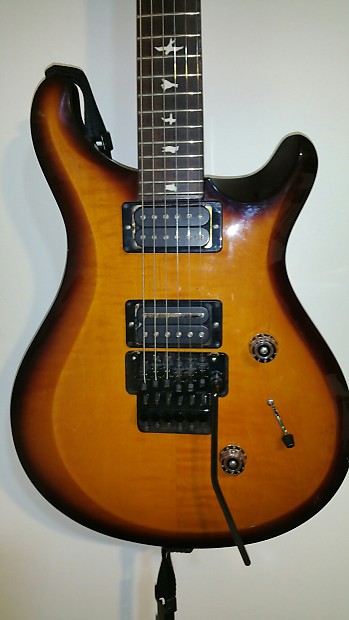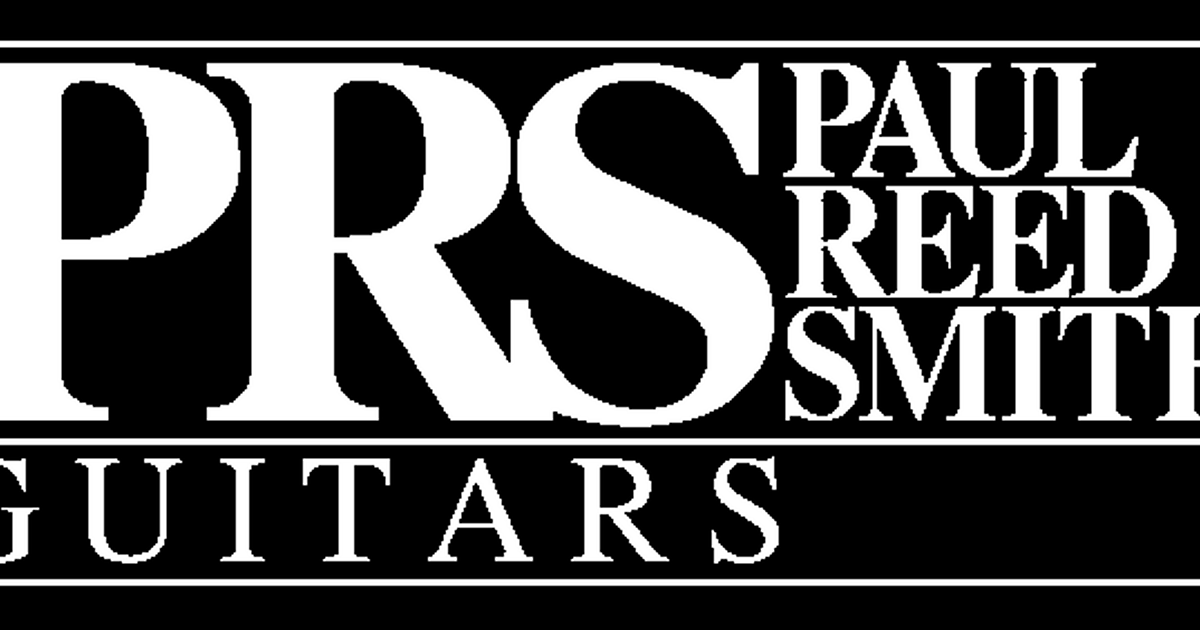Hi,
Forgive me if this is a silly question cause I'm like triple new to this. 1st time PRS owner. 1st guitar with a floating trem (All others have Bigsbys), and 1st time posting in this forum. Just bought a 2021 S2 Standard (22) and it seems like the trem arm has much more play to go down and very little room to pull up or tighten. When I open up the back plate it seems like the trem block is flush against the front wall of the routed space with nowhere to go, but there is endless empty room behind it towards the back of the guitar. Could my plate have been mounted too far forward towards the pick up? Is this something that is adjustable, or has it been mounted so far forward that I might have to remount the plate taping extra screw holes into my brand new guitar? Thanks.
Forgive me if this is a silly question cause I'm like triple new to this. 1st time PRS owner. 1st guitar with a floating trem (All others have Bigsbys), and 1st time posting in this forum. Just bought a 2021 S2 Standard (22) and it seems like the trem arm has much more play to go down and very little room to pull up or tighten. When I open up the back plate it seems like the trem block is flush against the front wall of the routed space with nowhere to go, but there is endless empty room behind it towards the back of the guitar. Could my plate have been mounted too far forward towards the pick up? Is this something that is adjustable, or has it been mounted so far forward that I might have to remount the plate taping extra screw holes into my brand new guitar? Thanks.




